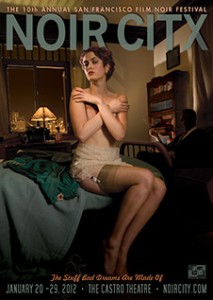 The Film Noir Foundation celebrates 10 years of deliciously dark programming with NOIR CITY X: The Stuff Bad Dreams Are Made Of. The 10-day festival features a Dashiell Hammett marathon, freshly preserved 35mm rarities, by-popular-demand encore screenings, and special guest star Angie Dickinson. The fest runs Jan. 20-29 at the Castro Theatre in San Francisco.
The Film Noir Foundation celebrates 10 years of deliciously dark programming with NOIR CITY X: The Stuff Bad Dreams Are Made Of. The 10-day festival features a Dashiell Hammett marathon, freshly preserved 35mm rarities, by-popular-demand encore screenings, and special guest star Angie Dickinson. The fest runs Jan. 20-29 at the Castro Theatre in San Francisco.
Among the rarities NOIR CITY is presenting this year is a new 35mm print from Universal Pictures of 1949’s “The Great Gatsby,” starring Alan Ladd as F. Scott Fitzgerald’s legendary hero. Universal is also providing a new 35mm print of 1954’s “Naked Alibi,” starring noir’s favorite bad girl, Gloria Grahame. Also on the bill are preservations of the 1946 classic “Three Strangers” and 1950’s “The Breaking Point,” directed by Michael Curtiz and starring John Garfield.
After San Francisco, the fest will travel to other cities with variations on the programming.





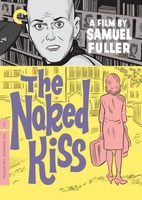
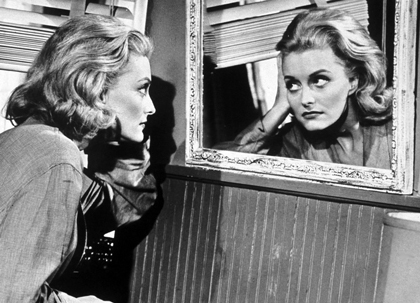
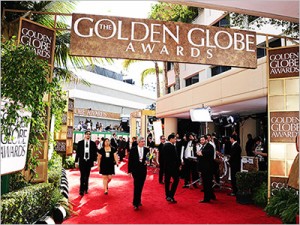
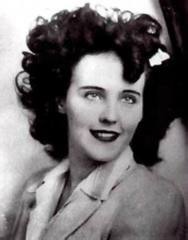
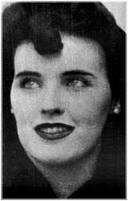
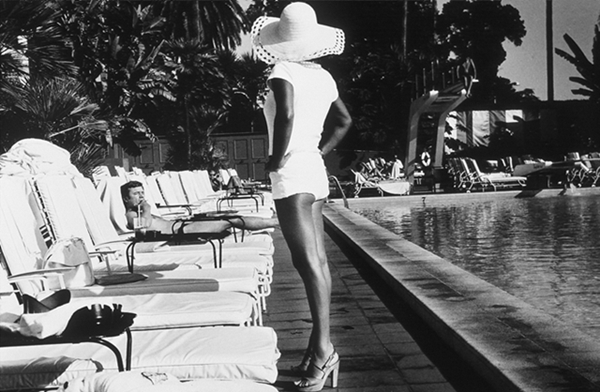

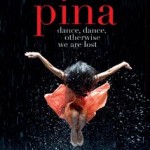
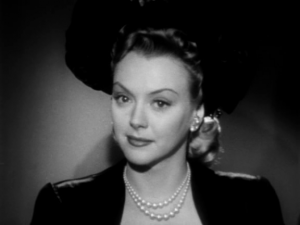
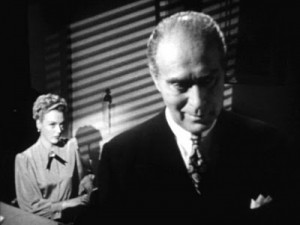
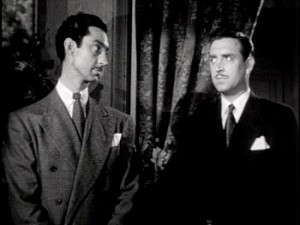
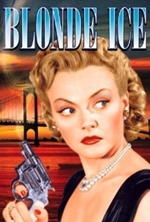
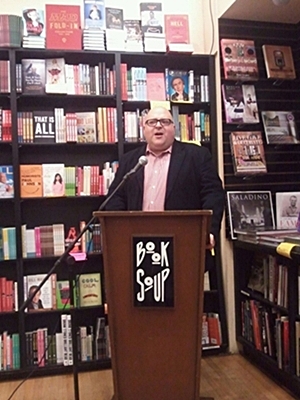

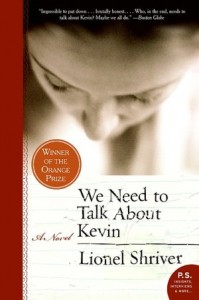 In need of winter reading? Enter to win our January giveaway: A paperback copy of “We Need to Talk About Kevin,” by Lionel Shriver, a gripping tale of horrifying family dysfunction. Director Lynne Ramsay’s neo-noir movie version of “Kevin” started release in December and returns this month. Check your local listings for details. “We Need to Talk About Kevin” stars Tilda Swinton, John C. Reilly and Ezra Miller.
In need of winter reading? Enter to win our January giveaway: A paperback copy of “We Need to Talk About Kevin,” by Lionel Shriver, a gripping tale of horrifying family dysfunction. Director Lynne Ramsay’s neo-noir movie version of “Kevin” started release in December and returns this month. Check your local listings for details. “We Need to Talk About Kevin” stars Tilda Swinton, John C. Reilly and Ezra Miller.




From FNB readers